East Berlin’s Last Punks Are Moving West
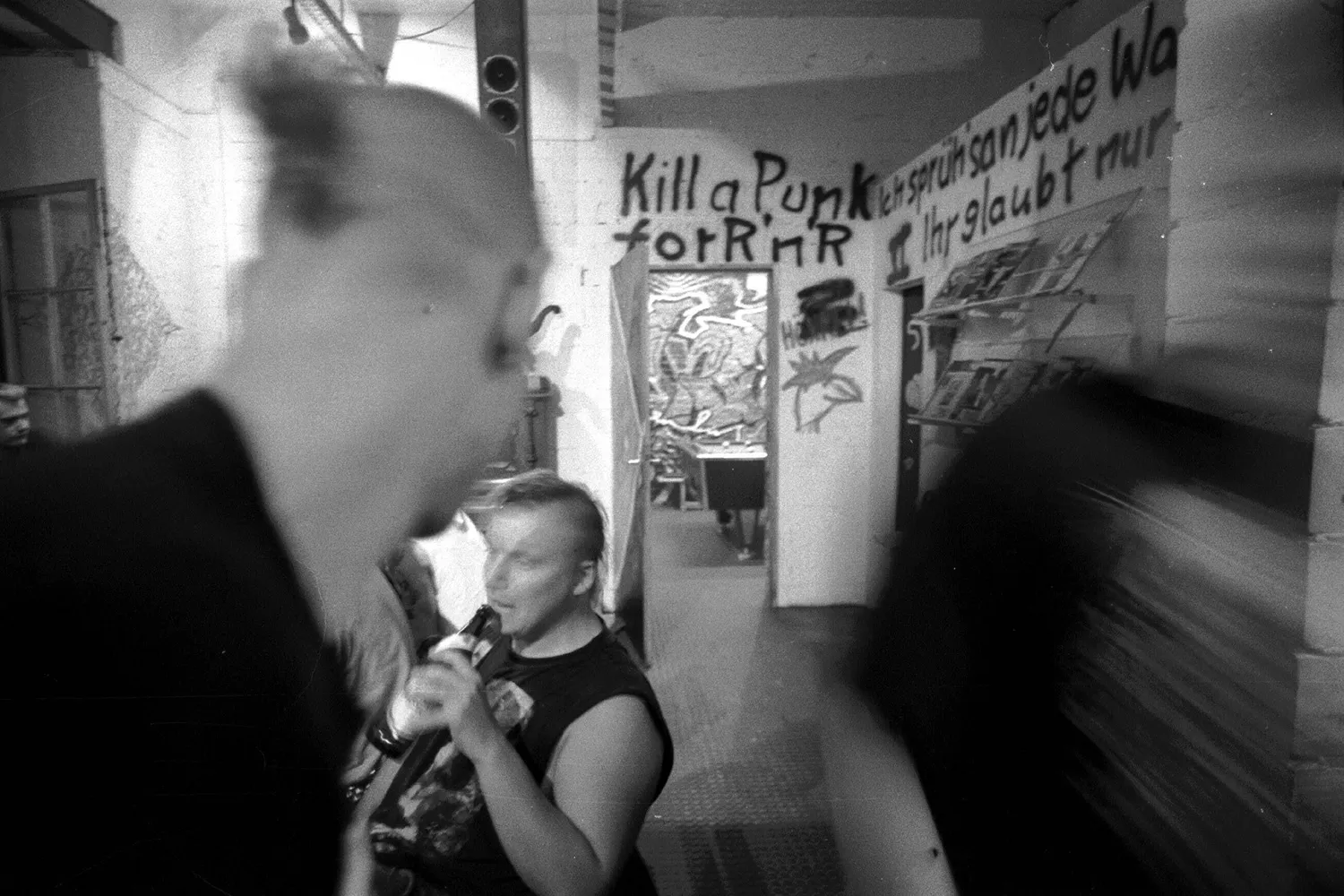
Dispatch
East Berlin’s Last Punks Are Moving West
A small rock club is still raging against the dying of the city’s Cold War subculture.
Punks and street kids at KvU in Berlin on Sept. 30, 1999. Rolf Zöllner/Süddeutsche Zeitung via Alamy
BERLIN—The energy of the three-day Fem Punk festival at KvU, eastern Berlin’s oldest punk club, was conspicuously upbeat, despite the circumstances. The beloved haunt of three generations of Berlin anarcho-outsiders is on the move again after a decade in the old warehouse’s voluminous halls, tucked inconspicuously into a Soviet-era industrial zone beyond earshot of crabby apartment dwellers and nosey tourists.
The Storkower Strasse venue is the KvU’s third since 1988, when a coterie of teenage discontents in communist East Germany convinced the Protestant Church to lend them space in St. Elisabeth Church’s pastoral house. Hence the name: Kirche von Unten (Church from Below), or KvU.
BERLIN—The energy of the three-day Fem Punk festival at KvU, eastern Berlin’s oldest punk club, was conspicuously upbeat, despite the circumstances. The beloved haunt of three generations of Berlin anarcho-outsiders is on the move again after a decade in the old warehouse’s voluminous halls, tucked inconspicuously into a Soviet-era industrial zone beyond earshot of crabby apartment dwellers and nosey tourists.
The Storkower Strasse venue is the KvU’s third since 1988, when a coterie of teenage discontents in communist East Germany convinced the Protestant Church to lend them space in St. Elisabeth Church’s pastoral house. Hence the name: Kirche von Unten (Church from Below), or KvU.
KvU’s history of itinerancy doesn’t make the journey back to church premises—this time in the premises of the Church of John the Baptist in western Berlin—any easier, says Linda Steffl, one of two full-time social workers running the club who are staffed by the Protestant Church. “The KvU is a free, open space for so many types who have nowhere else,” she says, referring to the vast array of below-the-radar artists who perform there—not just punk bands and their derivatives—as well as political projects that take on homelessness, provide services for refugees, do anti-racism work, and promote the LGBTQ community, among others.
The Church’s rooms are just a fraction of the warehouse’s size, Steffl laments, admiring the high walls decorated with sprawling painted images of unearthly sci-fi organisms, and a menagerie of concert bills and stickers. But the KvU, as one of the few niches where the ethos of subversive East German subculture endures, she affirms, will not go under. “After the Wall fell, KvU could have disappeared,” says Steffl. “But it was deemed too valuable to be lost. The same is true today.”
Young punks pose in front of a statue of Lenin erected in Lenin Square in East Berlin in 1982.Photo12/Universal Images Group via Getty Images
KvU was never just another Berlin punk rock club. The denizens of the original KvU understood themselves as the communist regime’s most uncompromising foes whose ambition was to fell the single-party state and transform it into its antithesis: a thoroughly democratic and egalitarian polity. And the dictatorship understood this. It didn’t see a bundle of ornery kids with wacky hairdos and black jeans, but rather counterrevolutionary dissidents whom they harassed, arrested, interrogated, and imprisoned. The archive of the state security service, the Stasi, is replete with files on the subculture’s habitants.
Since the Protestant Church enjoyed a modicum of liberty in the police state, sympathetic pastors offered the ragtag troupe some degree of protection. The youngsters needed it: Not only were they hounded by the state, but ordinary East Germans shunned and spat at them, teachers barred them from classrooms, cafés refused to serve them. By the 1980s, East Berlin’s Protestant church already knew this crew of several hundred activists through a youth outreach program that catered to the socially marginalized: young people who didn’t fit the system’s rigid structures.
“Christ was an outcast, too,” one of its social workers told me. It didn’t matter in the least that these kids weren’t Christian. Apparently, though, the clergy wasn’t entirely prepared for what the gang had in mind. Out of a quotidian storage room emerged a black-and-red-swabbed rathskeller that would wage war against the police state with the cultural weaponry of radical critique: punk rock. And this is exactly what they did until the Wall collapsed, and new battles began.
A few younger Fem Punk festival goers listened with mild interest when I spoke with veterans about KvU’s unlikely history. They hadn’t quite grasped the significance of the black-and-white 1987 photograph on KvU’s Facebook page: a three-person hardcore band jamming in a rock-strewn courtyard space somewhere in the German Democratic Republic (GDR). “It’s not so important that they know anything about us or East Germany,” explains Dirk Moldt, one of the KvU’s founders. “They’re here for the same reasons we were—boredom, frustration, anger. Punk speaks to them the same way. Punk’s still valid so many years later, despite the completely changed circumstances.”
A girl smokes at KvU in East Berlin on Sept. 30, 1999.Rolf Zöllner/Süddeutsche Zeitung via Alamy
The commodity that drove Moldt and his counterparts into the church’s arms in the first place is the same driving KvU back to church premises today: Freiraum, or free space. In the dictatorship, the regime occupied every nook and cranny of society. Today it’s the market economy, says Steffl, who earned her creds as a street worker on the cobbles of the small city of Bamberg in southern Germany. “We looked everywhere,” she says, “but couldn’t find anything. That’s Berlin for you: no space to rent unless you’re wealthy. We’ve watched one good project after another shut down,” she says, gesturing across the road where until two years ago the electronic dance music club Mensch Meier stood. On summer mornings at daybreak, revelers from KvU and Mensch Meier would spill out into the macadam between them and mingle.
The issue of affordable urban rents—for living and cultural spaces—has been a KvU staple since the aughts, when real-estate investors began snapping up Berlin buildings and causing rents to skyrocket. Had the church not stepped up, KvU would have gone the way of a dozen of Berlin’s once-signature clubs, such as Die Wilde Renate, Watergate, Rummels Bucht, and Loophole, among others. The net loss of such venues belongs to a phenomenon labeled Clubsterben, or club death. Others have moved ever further beyond the city center, which is what happened to KvU in 2014, when real-estate developers pushed out it out of its central location near Mauerpark. The very vibe that made Berlin attractive to so many creatives—and to start-ups and the music industry too—is being snuffed out, a grotesque biproduct of its own success.
A related issue—homelessness—poses a particularly acute problem in Berlin in winter, explains Danny B. Helm of Gefrierpunkt.Berlin (Freezing Point.Berlin), which organizes an annual benefit concert at KvU. The proceeds fund the 10-person, all-volunteer NGO, which addresses the most vulnerable homeless persons and their animals in the dead of winter. In emergency situations, “homeless people were also able to warm up at KvU events or even to sleep there,” says Helm.
The likes of punk rockers and left activists have long been the far right’s targets. Even in East Germany, fascist gangs prowled the streets even though the GDR’s officialdom refused to recognize its existence. But neo-Nazi violence is contemporary too—in fact, it’s at an all-time high across Germany—and now has an establishment, hard-right political party to provide it with cover: the Alternative for Germany (AfD). The AfD’s surge may unsettle KvU’s denizens, but it doesn’t surprise them.
A young person walks down a street in East Berlin’s Prenzlauer Berg district in 1982.Photo 12/Universal Images Group via Getty Images
Even before you enter KvU’s massive metal doors, you sense that something unusual is afoot. In an empty, barely lit former parking lot, clusters of various sized bodies chat nonchalantly, smoke rolled up cigarettes, and sip bottled beer. (KvU sells no hard liquor, nor does it tolerate drugs of any kind.) No one is on a smartphone, nor are there bouncers or security guards. The crowd encompasses ages from teens to 60-somethings. Attire and styles are mixed: some classic, brightly colored punk quaffs, also a smattering of dreadlocks, but mostly dress-down types in hoodies and baseball caps. Steffl wears jeans and a T-shirt, her colleague, Frida Schlegel, black leather pants covered by a skirt, kerchief on head.
The Fem Punk festival was a pitch-perfect display of what KvU does like no other. The event stretched over three days—one of them International Women’s Day—and encompassed concerts, readings, discussions, graffiti workshops, DJs, and a KvU benefit canteen. A punk ethos that goes beyond music infused all of it: do-it-yourself, direct action, anti-corporate, nonconformist, participatory, and communal. Czech beer sold for $4 a bottle.
Before a full-fledged punk band took the stage, there were performances from an all-girl psychedelic brass band and Iron Cougar, a troupe of six 50-something women in spandex whose bawdy lyrics had everyone in stitches. Concurrently with the music, the ladies of Iron Cougar twirled fiery batons and extinguished them in their mouths. And then Fish People took the stage: a dark-hued, dissonant, four-person grunge-punk group that doesn’t sound all that different than the KvU’s bands of the 1980s.
A shock for sure, KvU’s new digs will be in western Berlin—in an upscale neighborhood populated by respectable bourgeois businesses. Steffl is anxious about the switch. KvU was never intended to be everyone’s cup of tea.
Paul Hockenos is a Berlin-based journalist. His recent book is Berlin Calling: A Story of Anarchy, Music, the Wall and the Birth of the New Berlin (The New Press).
More from Foreign Policy
-

An illustration shows a golden Cybertruck blasting through a U.S. seal of an eagle holding arrows and laurel. Is America a Kleptocracy?
Here’s how life could change for the rich, poor, and everyone in between.
-

The flag of the United States in New York City on Sept. 18, 2019. America Is Listing in a Gathering Storm
Alarms are clanging at the U.S. geographic military commands around the globe.
-

U.S. President Donald Trump shakes hands with Supreme Court Chief Justice John Roberts during Trump’s inauguration in Washington, D.C. The U.S. Judicial Crisis Is Uniquely Dangerous
But other democracies provide a roadmap for courts to prevail over attacks from the executive branch.
-

An illustration shows a golden Newtons cradle with Elon Musk depicted on the one at left and sending a globe-motif ball swinging at right. Elon Musk’s First Principles
The world’s richest man wants to apply the rules of physics to politics. What could go wrong?

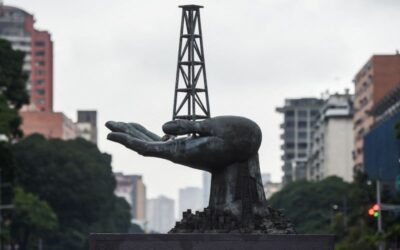
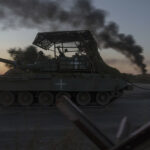




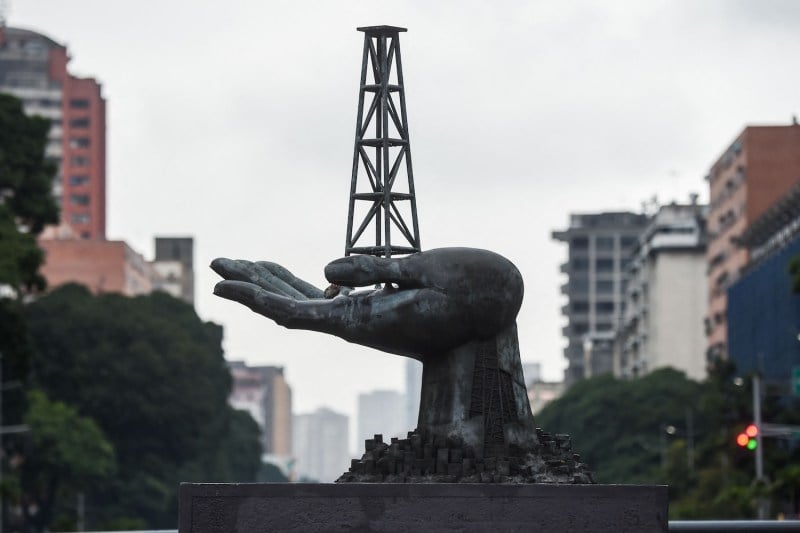
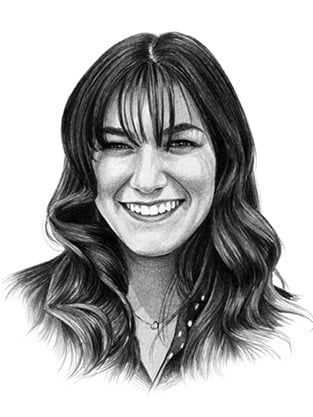

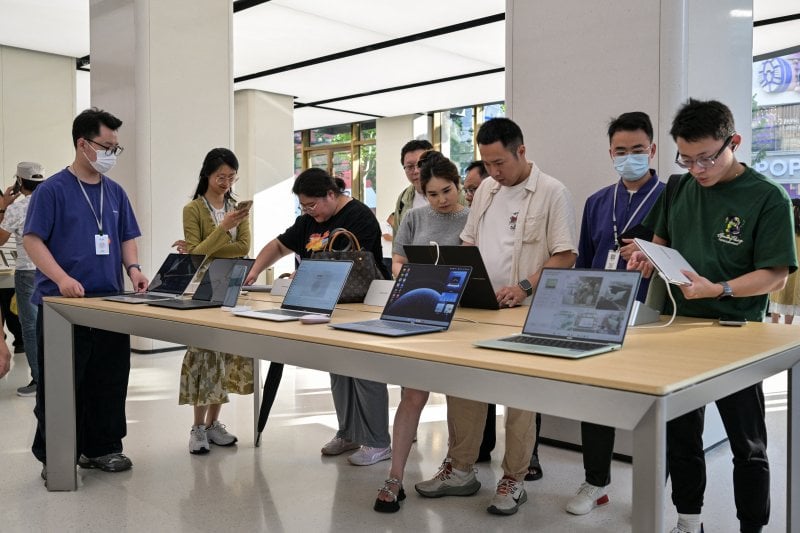
Join the Conversation
Commenting on this and other recent articles is just one benefit of a Foreign Policy subscription.
Already a subscriber?
.
Subscribe
Subscribe
View Comments
Join the Conversation
Join the conversation on this and other recent Foreign Policy articles when you subscribe now.
Subscribe
Subscribe
Not your account?
View Comments
Join the Conversation
Please follow our comment guidelines, stay on topic, and be civil, courteous, and respectful of others’ beliefs.
Change your username |
Log out
Change your username:
CANCEL
Confirm your username to get started.
The default username below has been generated using the first name and last initial on your FP subscriber account. Usernames may be updated at any time and must not contain inappropriate or offensive language.